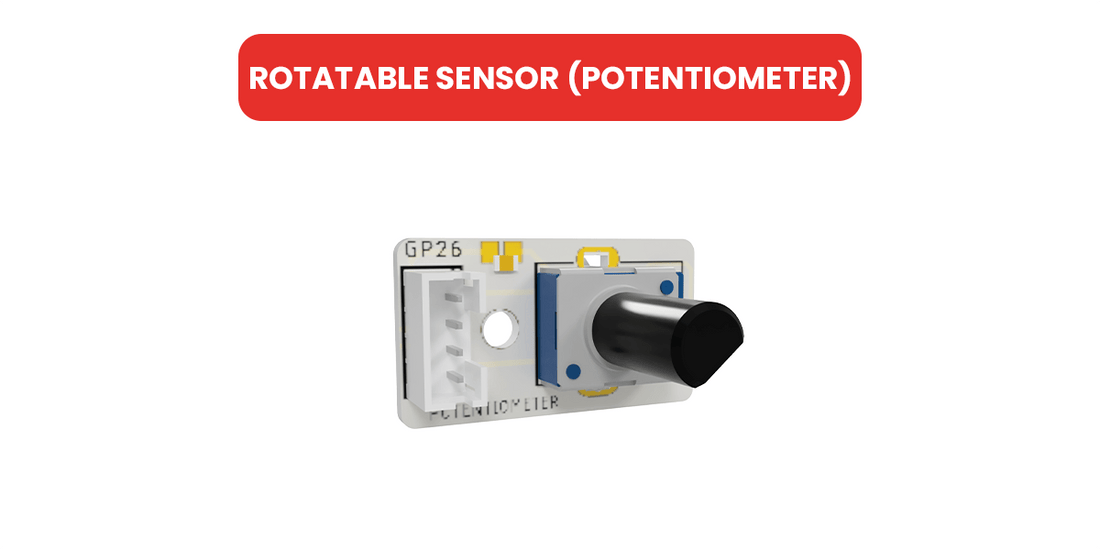A potentiometer, often referred to as a “pot,” is an electrical component used to regulate and adjust electrical resistance within a circuit. It consists of three terminals: two fixed outer terminals and a central terminal connected to a movable contact called a wiper. The primary function of a potentiometer is to vary the resistance between the center terminal and one of the outer terminals by adjusting the wiper’s position.
This variation in resistance allows for precise control over the flow of electric current, making this module invaluable for applications that require adjustable voltage, current, or signal levels. They come in different types, such as linear and logarithmic, to cater to various needs, with linear potentiometers offering uniform resistance change and logarithmic ones, often used in audio equipment, providing a gradual resistance shift that aligns with human perception. These components find widespread use in electronics, from audio volume controls and lighting dimmers to voltage regulators and servo motor adjustments.
The main functions of potentiometers are as follows:
- Adjustable Resistance: They allow users to adjust resistance as desired. They are used to control electrical signals or to adjust specific parameters of a device.
- Analog Control: They produce analog values. When a rotary potentiometer is used, turning the knob changes the voltage value. The same principle applies when using a sliding potentiometer.
- Arduino and Raspberry Pi Projects: They can be used in many projects that utilize these development platforms. Here are some examples:
a. Sound Level Control: You can use a potentiometer to control the volume level. It helps adjust the sound level of your audio system or speaker project.
b. Brightness Control: They can be used to control the brightness of lighting systems or displays. This is useful for lighting projects and adjusting screen brightness.
c. Motor Speed Control: They can be used to adjust the speed of a DC motor or determine the position of a servo motor.
d. Temperature Control: They, when used with temperature sensors, can be employed to create temperature control systems.
e. Robot Arm: In robotics projects, they can be used to control the position and inclination of a robot arm.
f. Game Controller: A potentiometer from a game controller or flight simulator joystick can be used for analog control. Potentiometers play a significant role in projects that require physical control or adjustment. When integrated with Arduino or Raspberry Pi, they can process analog inputs for various applications.
How to Test a Potentiometer?
To test potentiometers, begin with a visual inspection to check for any physical damage like cracks, loose terminals, or burn marks. If any such issues are present, it may warrant replacement. Next, set your multimeter to the resistance (ohms) measurement mode and disconnect the potentiometer from the circuit if it’s not already disconnected. Identify the two outer terminals, which are typically located at either end of the module. Place the multimeter probes on these terminals, regardless of which probe goes where, and slowly turn the potentiometer’s knob or slider through its entire range of motion.
A properly functioning it will yield a smooth and consistent change in resistance as you turn the knob. Any abrupt jumps, erratic readings, or constant resistance regardless of knob position suggest a faulty this module. Optionally, you can also check the resistance between the center terminal (if present) and one of the outer terminals, which should exhibit a similar smooth transition. If cleaning is required due to dirty or corroded contacts, use contact cleaner spray, allow it to dry, and retest. If the issues persist, replace the potentiometer with a new one.





